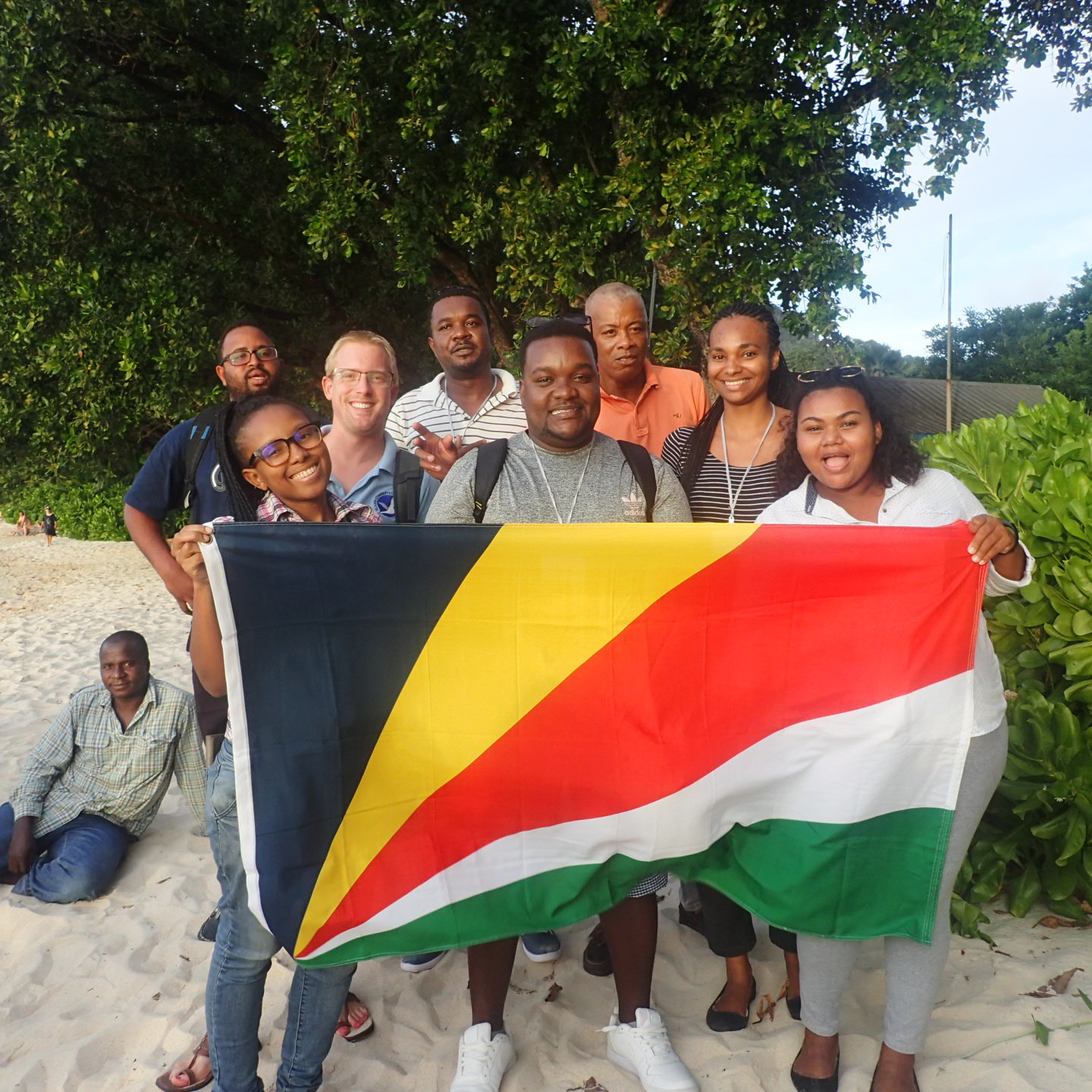Holistic management of grasslands and forests to improve the quality of life of communities
Holistic management of grasslands and forests to improve the quality of life of communities
Juan Carlos Escobedo
knowing new varieties of forage for high mountains
Luis Miguel Argueta
Holistic management can repair the cycles of water, minerals, organic matter and microbiology in mountainous territories. In addition, we can generate higher profitability, improve animal and plant health, and strengthen forest and grassland restoration in a more sustainable way. Well-managed livestock is the solution to many interconnected problems, starting with climate change, reducing the production of greenhouse gases and as carbon sinks. All of the above must be planned and developed with families in mind, since they are a fundamental axis for a successful implementation.
- Commitment of local actors who participated in the implementation and decision-making of the project
- Livestock work measures should take into account the impact that they can have on key ecosystem services
- CONANP and communities coordinated work
- Strenghtening processes that extended the capacities of local actors and the protected areas personnel, so they could implement actions in livestock farming with an AbE approach.
- Dialogue and awareness processes at the local level to improve natural resources conservation
- Commitment and willingness of all actors involved in order to establish agreements to create a sustainability process
- The relationship of the communities with the ecosystem services, as well as the social fabric in a community must be taken into account for a adecquate implementation
- It is necessary to create emotional awareness for the population and all the actors involved, seek coordinated work with the authorities, and dedicate sufficient time to strengthen activities through appropriate organization
- Communities have now various projects including those of dairy products, sheep production, reforestation, tourist proposals, among others.
- The support and accompaniment of institutions such as the CONANP resulted necessary to support the community in the management of the protected area and in the generation of alternative proposals that could generate income opportunities for families
